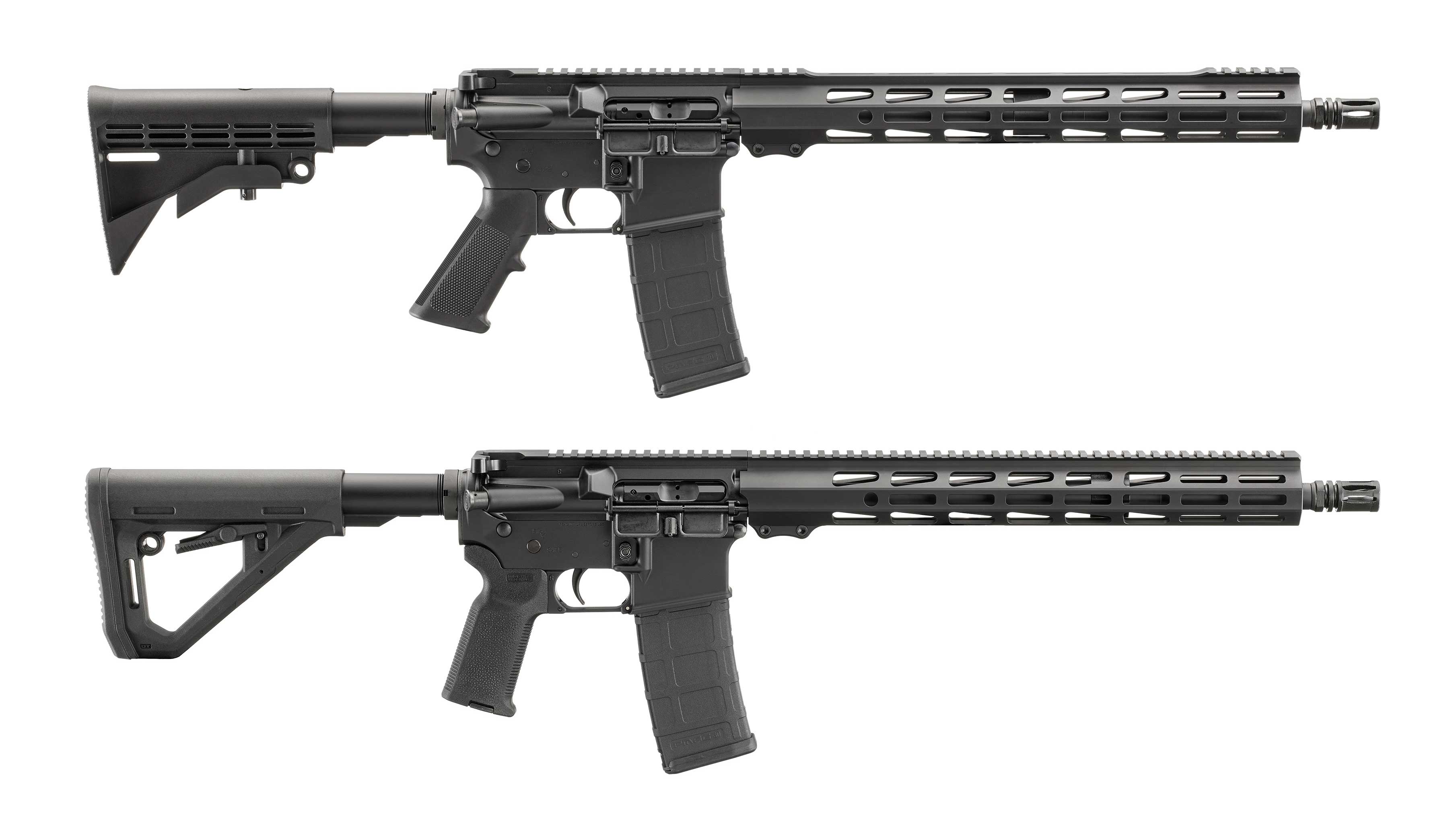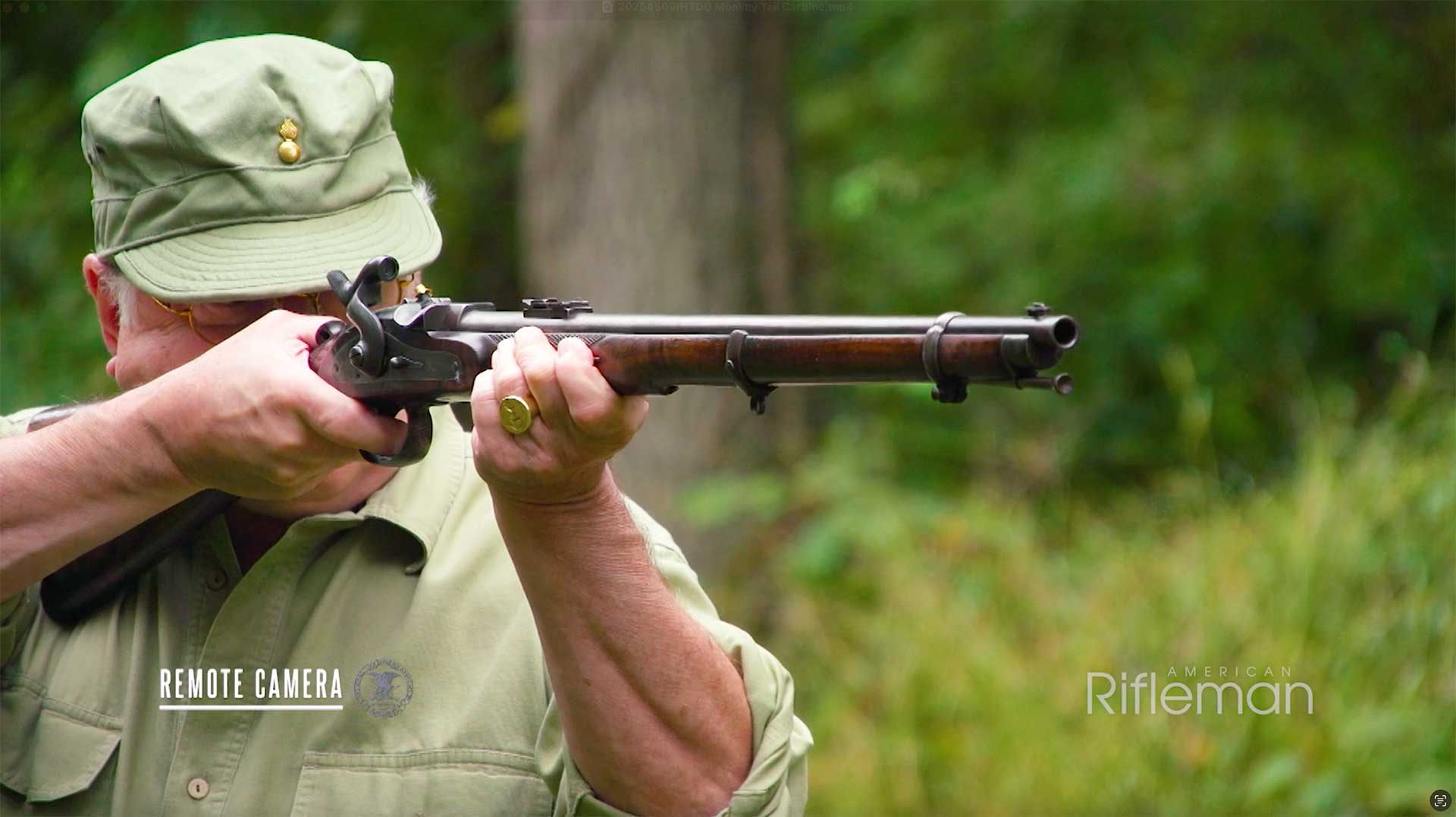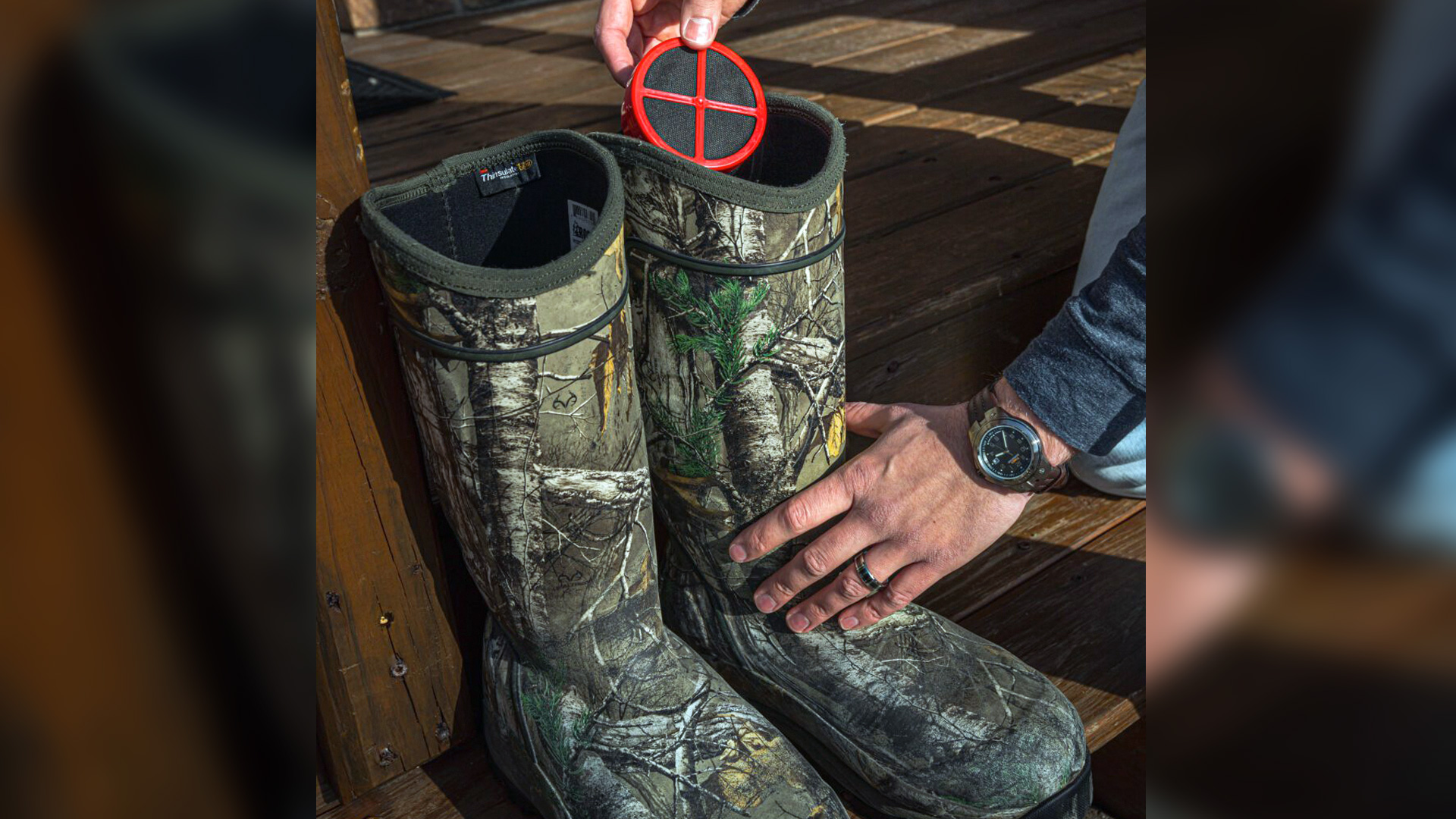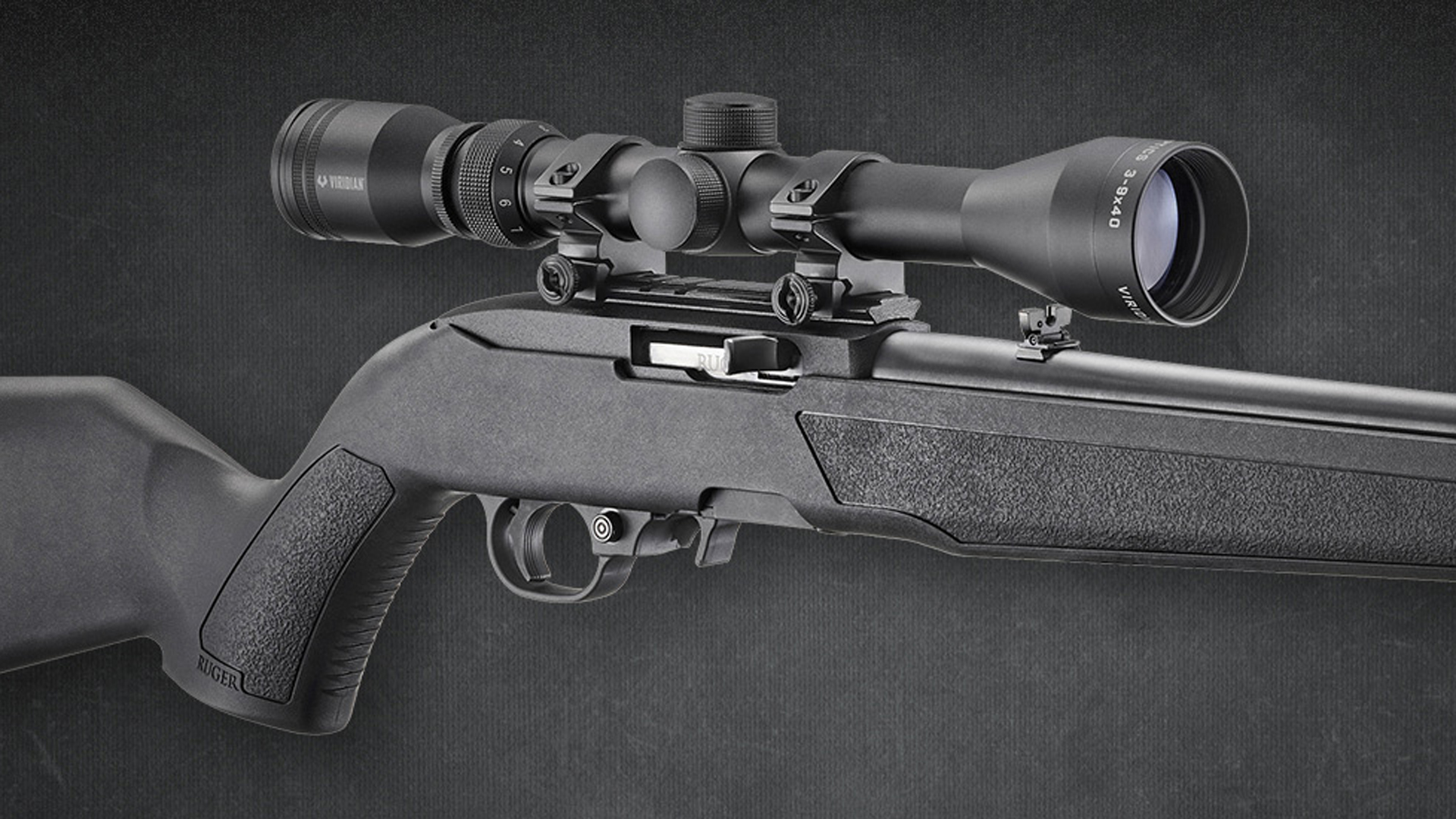
During World War II, the British fielded one of the best sniper rifles of the conflict. The No. 4(T) was made from selected No. 4 Lee-Enfields that were refined by the famed gunsmithing firm of Holland & Holland. The modifications involved re-stocking with a screw-on wooden cheekpiece and affixing metal brackets to the receiver to accept the two attaching screws of the cast-iron mount for the No. 32 telescopic sight.
The No. 32 had been originally designed for the Bren light machine gun, and it was chosen over others because of its robustness. An abbreviated 3X, it had drums to allow for lateral (windage) and vertical (elevation) adjustments. The unit was easy to use and could be easily removed and reattached to the rifle without affecting zero. Scopes and mounts were specifically numbered to individual rifles. They were not intended to be swapped over to other No. 4(T) rifles. When the No. 4 was retired in 1957—in favor of the FN/FAL, designated L1A1 by the British—it was recognized that the FAL was not at its best in the sniping role.
The decision was made to upgrade the No. 4(T). This was done by first rechambering it to the NATO standard 7.62x51 mm (.308 Win.) cartridge and redesigning the 10-round, sheet-steel box magazine to handle the rimless cartridges. The original No. 4 action was retained, but the barrel was replaced with a heavier, four-groove target-grade barrel with a twist of one turn in 12 inches. The bolt and bolt head were modified to handle the newer cartridge, and the stock was changed to a lighter design with a shorter fore-end. The No. 4(T)’s cheekpiece was retained along with the original adjustable iron sights which, like the No. 4(T), allowed the gun to be employed as a standard battle rifle if the scope was damaged.
The original No. 32 scope was also kept, though it was altered by improving its seal and by converting the upper “range” drum and side-mounted “deflection” drum from yards to meters. The elevation drum was adjustable out to 1,000 meters and the windage drum could be moved from 0 to 16 minutes either to the right or left of zero. Both drums had recessed projections allowing the user to move the scales independently of the drum by inserting the nose of a cartridge in order to get a correct reading on the range scale while zeroing the rifle. The scope was renamed the L1A1 and supplied with its own metal container.
Now called L42A1, the rifle measured 46.5" overall and had a barrel length of 27.5", both about 2" longer than its No. 4(T) counterpart. At 10 pounds, it was about a half pound lighter than the earlier gun.
The L42A1s were supplied in their own wooden transit chests containing the rifle and scope, an oil bottle, Scout Regiment telescope (British sniper units normally consisted of a two-man team, the sniper and spotter who used the telescope to call targets), pullthrough, cleaning brushes, chamber cleaning stick, lens brush, lens cloth and user handbook. The rifle was issued with either the “American” 1907 leather sling or the later-style L8A1 nylon/canvas strap (one of the latter rare accessories recently sold for $500!) There was also a canvas cover which was actually nothing more than an extended Enfield carrying case.
Some 1,080 L42A1s were manufactured, though apparently after their replacement by the superb Accuracy International L96, a number were condemned and scrapped, making the L42A1 a much rarer item than the No. 4(T). During their period of service, they saw action in such places as the Falklands, Northern Ireland and Oman.
Currently, L42A1s are coveted items, and one kitted out in its original transit chest can bring between $5,000 and $6,000, depending on how many of the original accessories are included in the case. In many instances, some of these bits and pieces are much harder to come by than the rifle itself.
Gun: L42A1
Caliber: 7.62x51 mm NATO (.308 Win.)
Serial Number: 45L14XX
Condition: NRA Excellent
Value: $5,000 to $6,000 (depending on number and condition of included accessories)



































